As AI-generated writing becomes more common, the ability to distinguish between human- and machine-written content is increasingly important. This page highlights the best AI text detectors in 2025, featuring both free and paid tools designed to analyze written material and determine whether it was likely produced by an artificial intelligence model. Whether you're an educator checking for academic integrity, a publisher reviewing content authenticity, or a student double-checking your own work, these tools offer quick, evidence-based assessments with varying levels of confidence. Many platforms provide probability scores, flagged sections, and side-by-side comparisons, making it easier to understand the reasoning behind their analysis. We've evaluated each tool based on accuracy, transparency, speed, supported formats, and ease of use. If you're looking to verify originality in essays, emails, marketing copy, or any other text, this guide will help you find a reliable AI detection solution for maintaining trust and accountability in your written content.
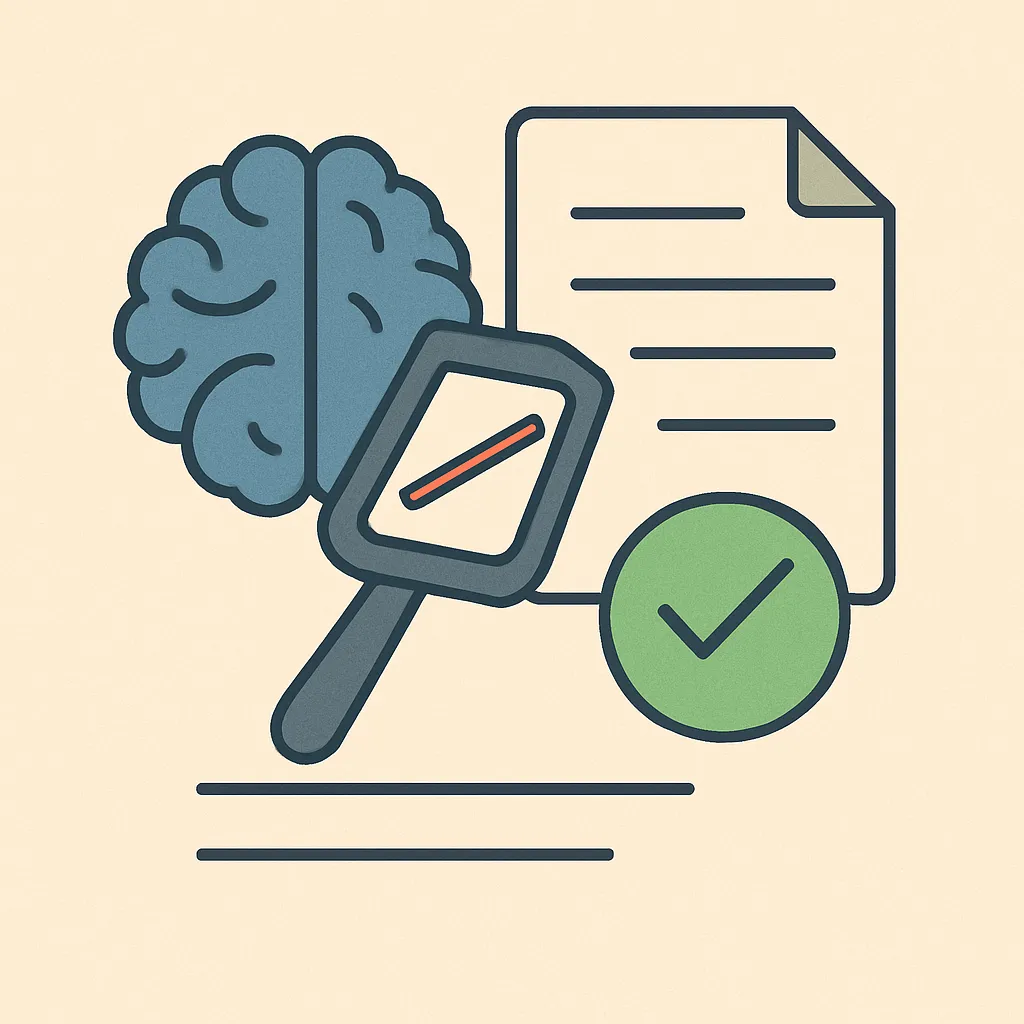
Best Paid AI Text Detection Tools
| Rank | Tool | Strength | Price | Use Case |
|---|---|---|---|---|
| #1 | GPTZero Pro | High accuracy + classroom tools | From $10/month | Education, essay checking |
| #2 | Originality.AI | Plagiarism + AI content detection | $0.01/100 words | SEO, agency workflows |
| #3 | Copyleaks AI Detector | Sentence-level feedback | From $9.99/month | Academia, enterprise |
| #4 | Crossplag | Academic focus + multilingual | Free + plans | Universities, research |
| #5 | Content at Scale | SEO-tailored detection | From $49/month | Writers, marketers |
GPTZero Pro
GPTZero Pro is a leading choice for educators, offering high-accuracy AI detection alongside tools built specifically for classroom use. It provides sentence-level insights, batch uploads, and teacher dashboards, helping instructors evaluate student submissions with transparency. Its scores based on “perplexity” and “burstiness” give a clear sense of how machine-written a passage may be, making it especially effective for academic environments.
Originality.AI
Originality.AI combines AI content detection with traditional plagiarism scanning, giving publishers and agencies a dual-layer approach to content integrity. Its clear, percentage-based reports and team collaboration features make it ideal for SEO professionals, freelance platforms, and content marketing agencies. With affordable usage-based pricing, it scales well for teams needing fast, ongoing checks.
Copyleaks AI Detector
Copyleaks delivers enterprise-grade AI detection, breaking down results sentence-by-sentence to catch mixed authorship in documents. Its support for over 30 languages and LMS integrations makes it a favorite among universities, publishers, and government institutions. Advanced users will appreciate its API access, robust reporting, and compatibility with learning systems like Moodle and Canvas.
Crossplag
Crossplag is a multilingual AI detection tool designed for higher education. It offers straightforward analysis with clear confidence scores and side-by-side comparison views. With free and paid tiers, it’s great for instructors reviewing student essays or institutions piloting AI ethics policies. Its clean interface and multilingual capabilities give it an edge in global academic settings.
Content at Scale
Content at Scale is built with web publishers and SEO writers in mind. It quickly evaluates long-form content, such as blog posts, to detect if it was AI-generated—even when human-edited. Though it’s part of a broader content automation suite, its standalone AI detector is intuitive, fast, and a great investment for content managers wanting originality assurance.
Best Free AI Text Detection Tools
| Rank | Tool | Strength | Free Limit | Notes |
|---|---|---|---|---|
| #1 | GPTZero (Free) | Easy + unlimited checks | Unlimited | No login required |
| #2 | Writer AI Detector | Clean interface, fast results | ~1500 words/scan | Free to use |
| #3 | Sapling AI Detector | Simple confidence score | Unlimited | Quick single-use checks |
| #4 | Crossplag (Free) | Academic focus | Login required | Text + plagiarism scan |
| #5 | AI Text Detector (Hugging Face) | Open-source detection demo | Experimental only | Great for devs/research |
GPTZero (Free)
GPTZero’s free version remains one of the most reliable AI detection tools for everyday use. It doesn’t require sign-up and offers unlimited checks with easy-to-understand output, including color-coded sentence evaluation. Whether you’re a teacher, student, or curious writer, it’s an accessible first line of defense against unintentional AI usage.
Writer AI Detector
Writer’s free AI detection tool provides quick, streamlined results for up to ~1500 words per scan. With no login needed and a simple interface, it’s excellent for checking social posts, email drafts, or website content. While it lacks deep reporting, it’s a handy utility for casual checks or initial screening before deeper review.
Sapling AI Detector
Sapling offers a one-click AI detection tool that delivers a confidence score indicating how likely the input was AI-generated. While it doesn’t provide breakdowns or heatmaps, its simplicity makes it ideal for quick spot-checks during editing or revision. It’s often used by bloggers, writers, and freelancers for lightweight verification.
Crossplag (Free)
Crossplag’s free version allows users to scan text for signs of AI authorship after creating a free account. It supports multiple languages and presents detection results with a confidence score. Perfect for students, instructors, or small institutions who want academic-grade detection without a paid subscription.
AI Text Detector (Hugging Face)
This open-source AI Text Detector by SzegedAI is a Hugging Face Space demo built on ModernBERT that helps predict whether input text is human-written or AI-generated :contentReference[oaicite:1]{index=1}. It provides real-time probability scores and a clear user interface. While it's not accurate enough for high-stakes decisions, it's ideal for developers, educators, and researchers who want to study detection models, test different inputs, or learn how classifiers perform. As an experimental, free-access tool, it doubles as an educational asset and a lightweight demo for anyone building or exploring AI detection workflows.
Rankings

Chatbots
AI chatbots have quickly evolved from simple assistants into powerful, multi-purpose tools used by millions of people every day...

Image Generators
AI image generators are revolutionizing the way creatives, marketers, and developers produce visual content by transforming text prompts into detailed, customized...

Writing Assistants
AI writing assistants have become indispensable tools for anyone who writes — from students and bloggers to business professionals and marketers...
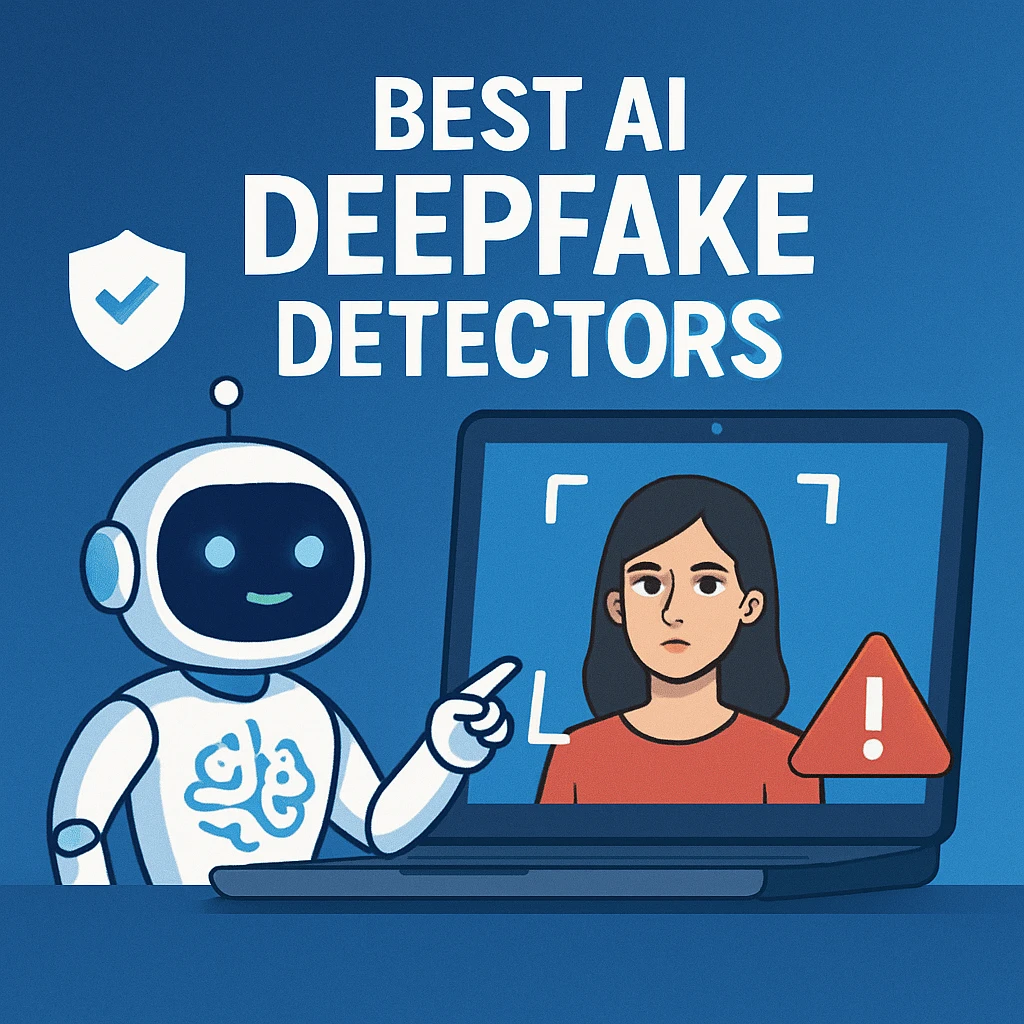
Deepfake Detection
As deepfake technology becomes more advanced and accessible, detecting AI-manipulated content is now a critical challenge across journalism, education, law, and...
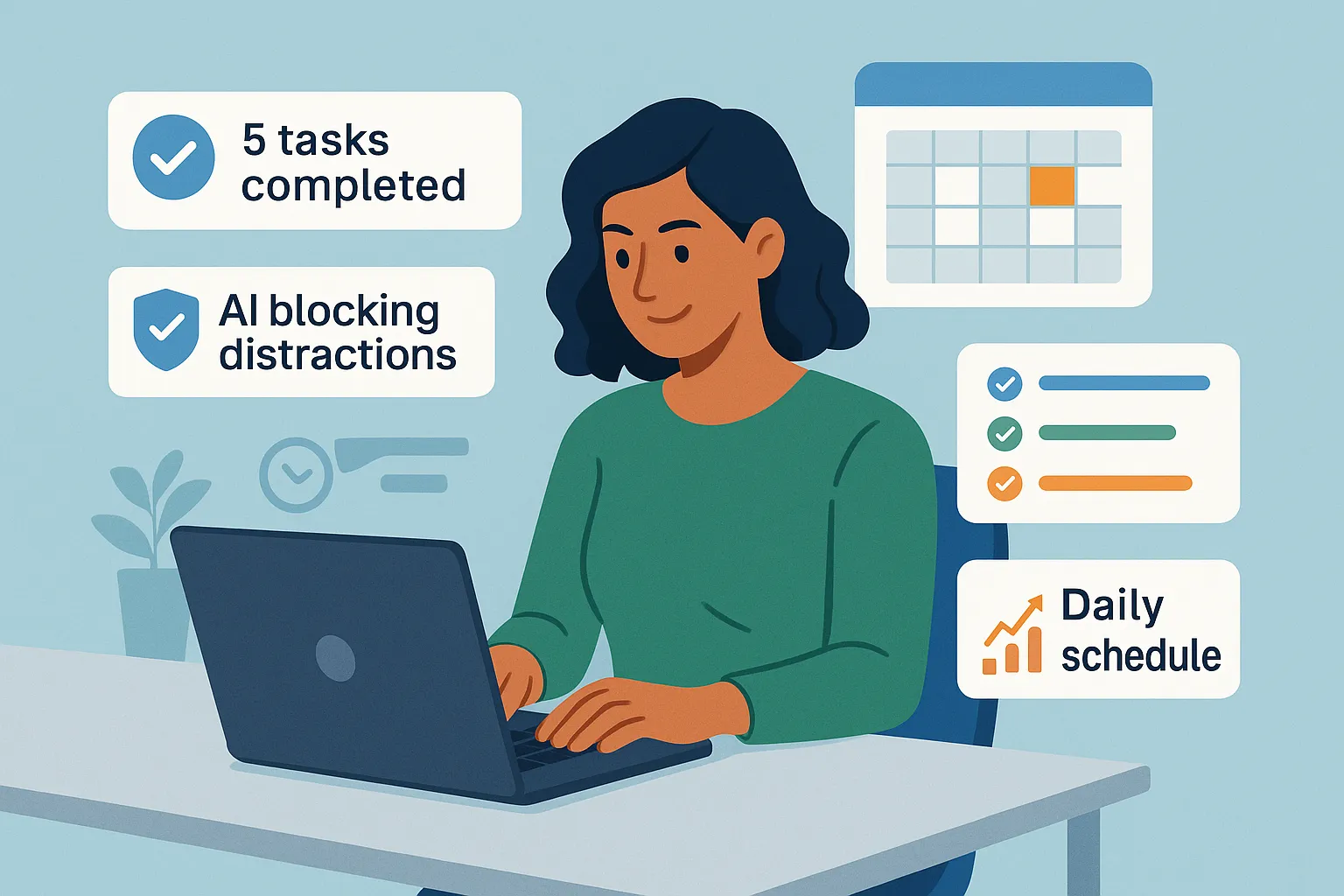
Productivity & Calendar
AI productivity and calendar tools have become essential for professionals, entrepreneurs, and students looking to make the most of their time without getting overwhelmed...
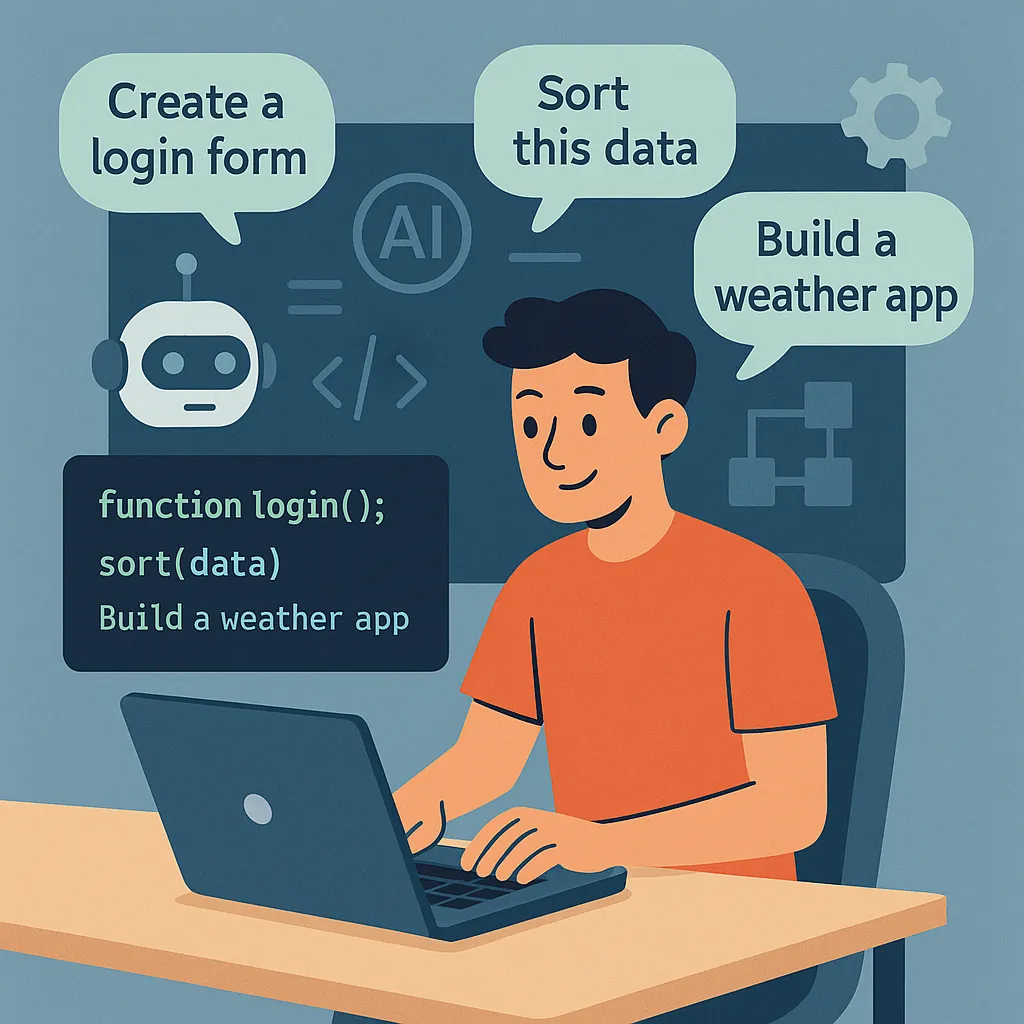
Natural Language To Code
Natural language to code tools are transforming software development by enabling users to build apps, websites, and workflows without needing advanced programming...
Blog
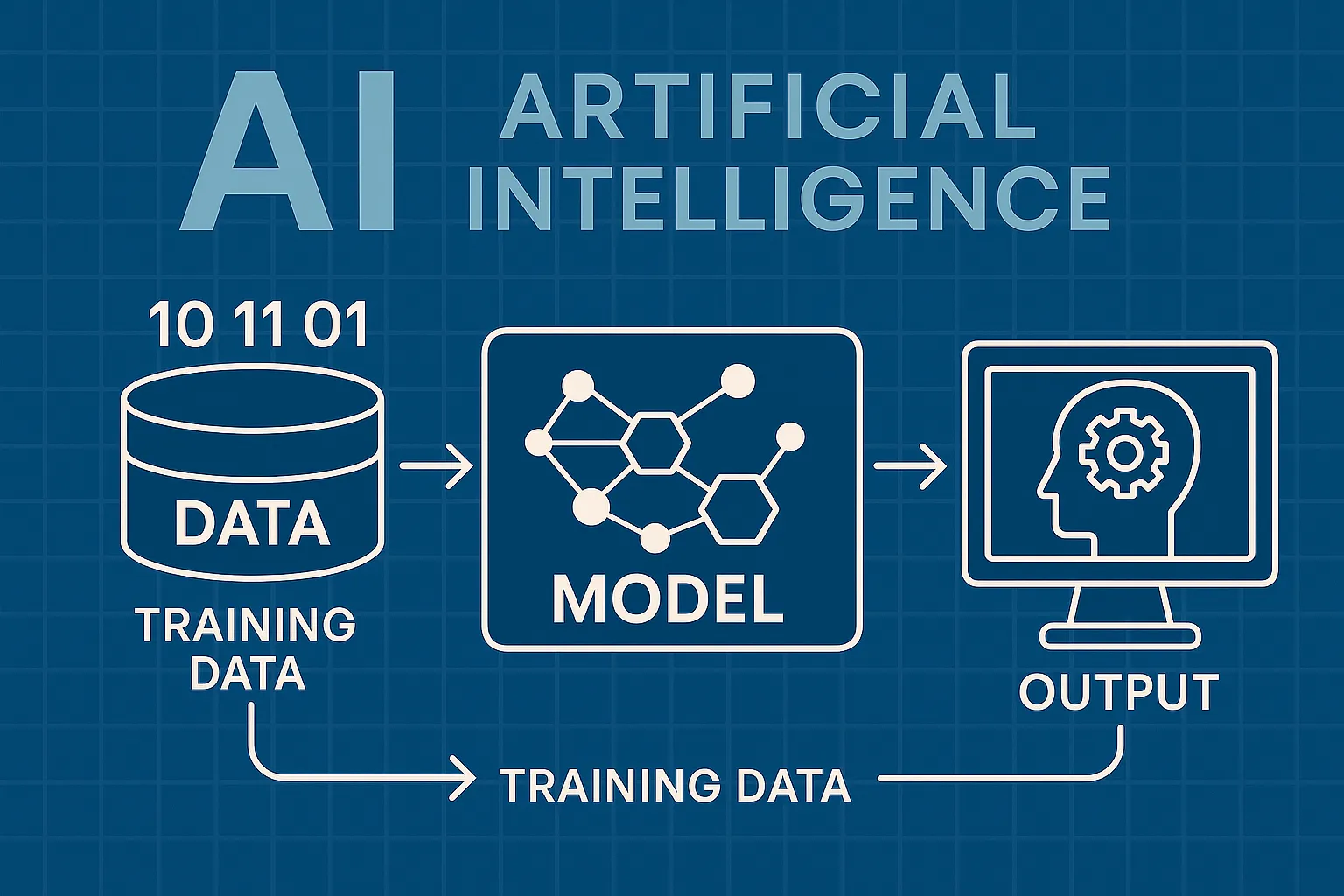
How AI Actually Works
Understand the basics of how AI systems learn, make decisions, and power tools like chatbots, image generators, and virtual assistants.
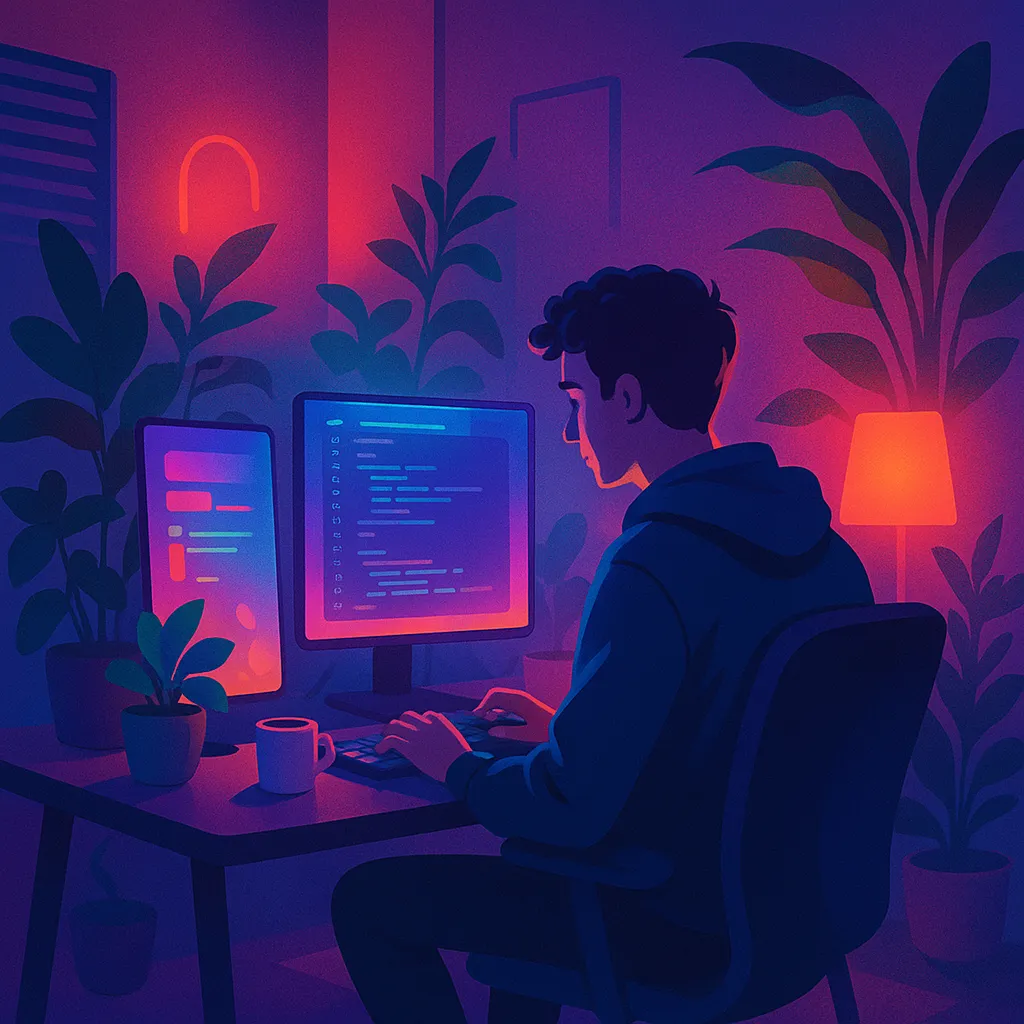
What Is Vibe Coding?
Discover the rise of vibe coding — an intuitive, aesthetic-first approach to building websites and digital experiences with help from AI tools.
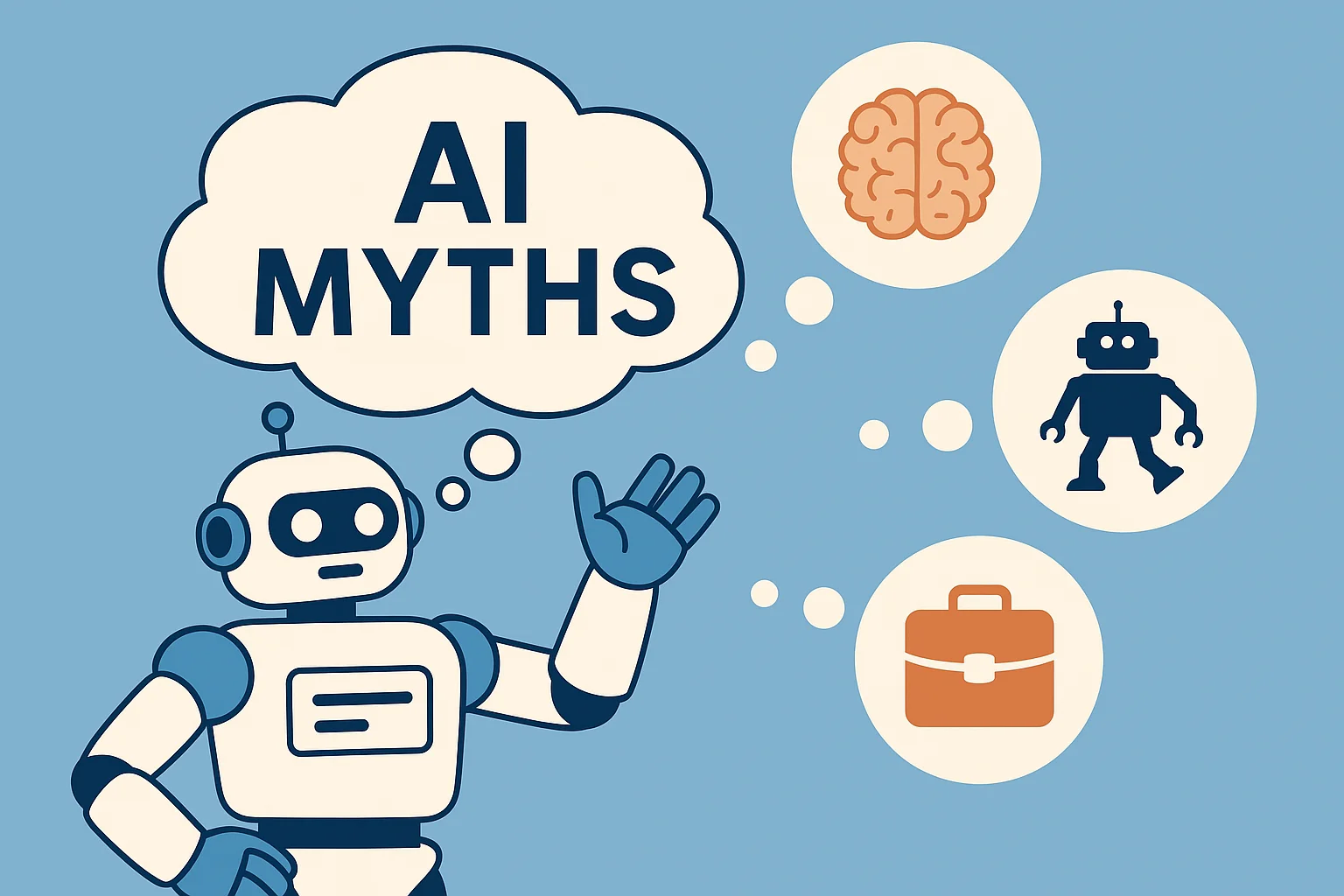
7 Common Myths About AI
Think AI is conscious, infallible, or coming for every job? This post debunks the most widespread misconceptions about artificial intelligence today.
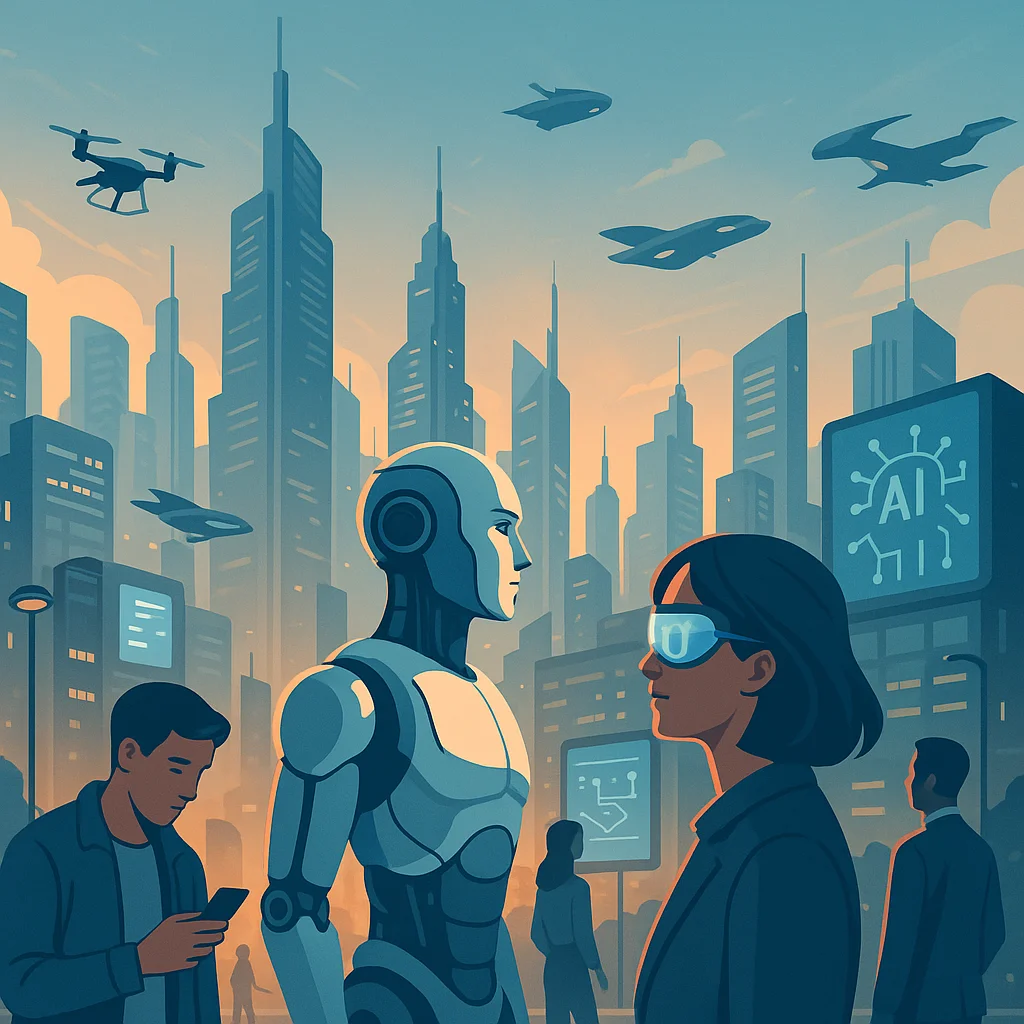
The Future of AI
From generative agents to real-world robotics, discover how AI might reshape society, creativity, and communication in the years ahead.
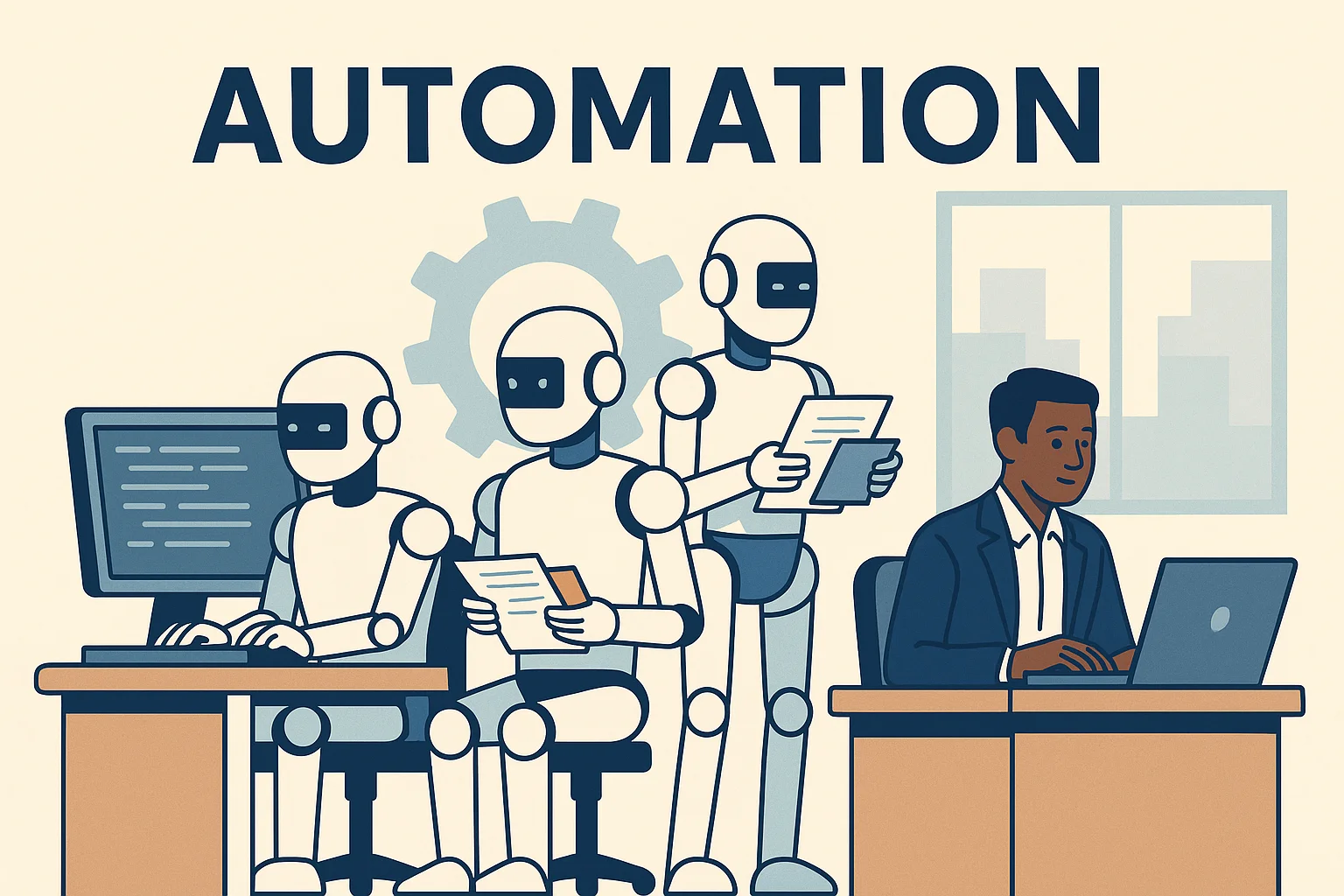
How AI Is Changing the Job Market
Will AI replace your job — or create new ones? Explore which careers are evolving, vanishing, or emerging in the AI-driven economy.
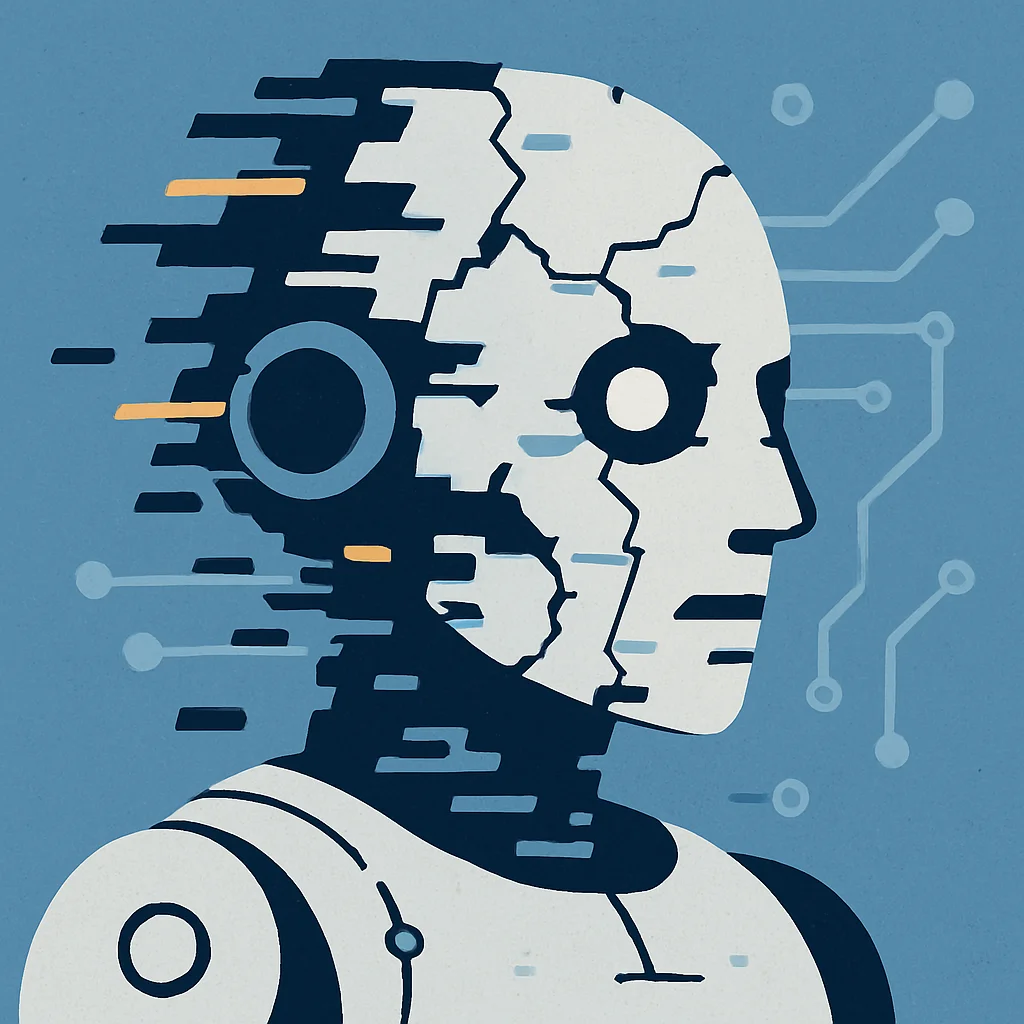
Common Issues with AI
Hallucinations, bias, privacy risks — learn about the most pressing problems in current AI systems and what causes them.